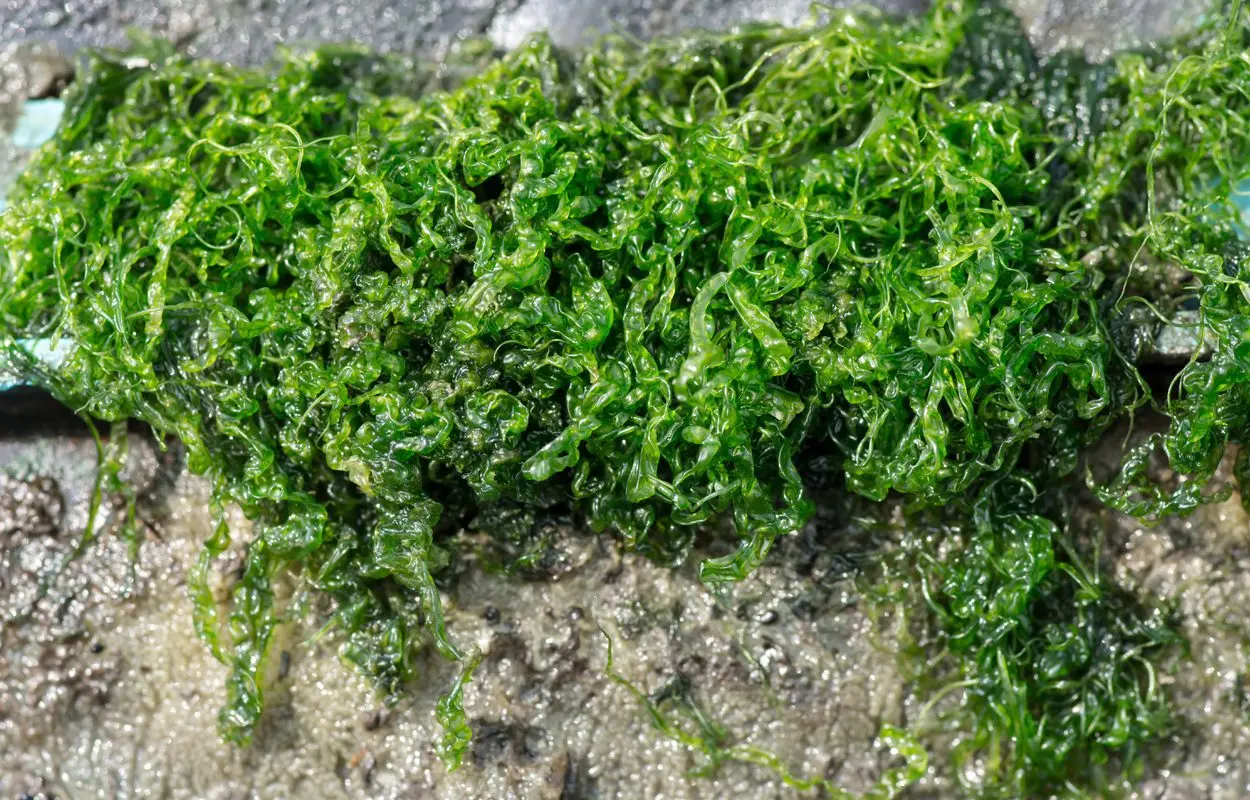Seaweed is often regarded as a superfood, celebrated for its health advantages and sustainability. There are approximately 10,000 different species of seaweeds in the world, however only 145 species are eaten today.
According to a new study, our European forebears were already consuming this nutrient-rich plant for thousands of years into prehistory.
Researchers from the University of York and the University of Glasgow, claim to have found “definitive” archaeological evidence that seaweeds and freshwater plants have been consumed from as early as the Mesolithic, through the Neolithic transition, and into the Early Middle Ages.
According to the study, published in Nature Communications, evidence of seaweed being a food source is rarely recorded, and is normally considered for non-edible uses such as fuel or fertiliser.
A team of archaeologists conducted an analysis of biomarkers derived from dental calculus obtained from 74 individuals across 28 archaeological sites, spanning from northern Scotland to southern Spain. Their investigation unveiled “direct evidence for widespread consumption of seaweed and submerged aquatic and freshwater plants.”
Samples with surviving biomolecular evidence revealed consumption of red, green or brown seaweeds, or freshwater aquatic plants, with one sample from Orkney also containing evidence for a Brassica, most likely sea kale.
Karen Hardy, Professor of Prehistoric Archaeology at the University of Glasgow said: “Today, seaweed and freshwater aquatic plants are virtually absent from traditional, western diets and their marginalisation as they gradually changed from food to famine resources and animal fodder, probably occurred over a long period of time, as has also been detected elsewhere with some plants.
“Our study also highlights the potential for rediscovery of alternative, local, sustainable food resources that may contribute to addressing the negative health and environmental effects of over-dependence on a small number of mass-produced agricultural products that is a dominant feature of much of today’s western diet, and indeed the global long-distance food supply more generally.”
https://doi.org/10.1038/s41467-023-41671-2
Header Image Credit : Shutterstock





